Optimal Timing for Foundation Repairs
Foundation repairs are most effectively performed during periods of stable weather, avoiding extreme temperatures and moisture fluctuations. Optimal conditions typically occur during mild, dry seasons, which help ensure proper curing and adhesion of repair materials. Timing repairs during these periods can minimize delays and reduce the risk of complications caused by weather-related issues.
In regions with significant seasonal changes, scheduling foundation work in late spring or early fall is often recommended. These times generally offer moderate temperatures and lower humidity levels, creating ideal conditions for foundation stabilization and repair projects. Proper timing can contribute to the longevity and effectiveness of repairs, preventing future issues related to shifting or settling.
Spring and fall are preferred due to moderate weather, which helps materials cure properly and reduces project delays.
Extreme cold or heat can hinder repair processes, leading to longer completion times and potential issues with material performance.
Scheduling repairs during optimal weather conditions can enhance durability and reduce the likelihood of future foundation problems.
Inspecting the site and addressing drainage issues beforehand can improve repair success and prevent recurring damage.
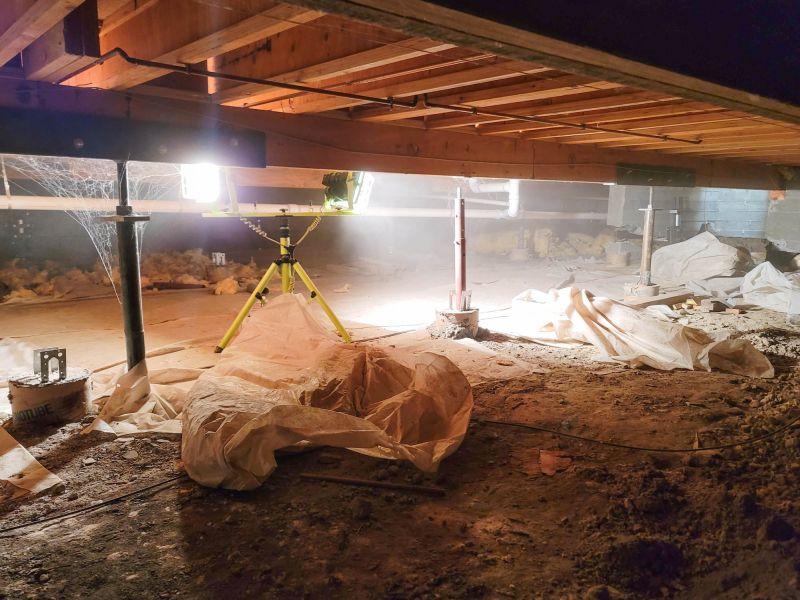
Ways to make Foundation Repairs work in tight or awkward layouts.

Popular materials for Foundation Repairs and why they hold up over time.
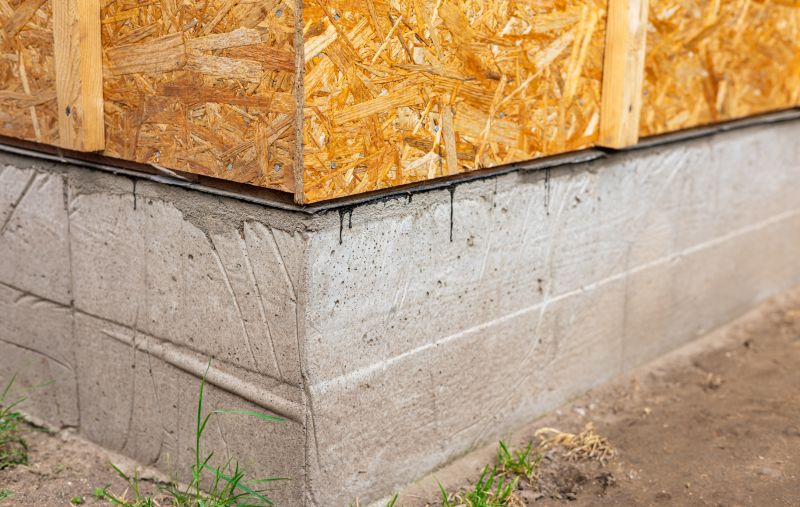
Simple add-ons that improve Foundation Repairs without blowing the budget.

High-end options that actually feel worth it for Foundation Repairs.
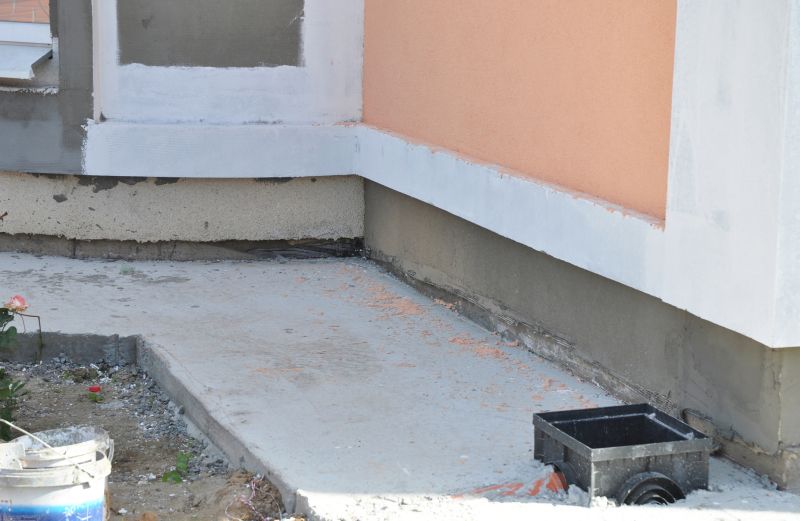
Finishes and colors that play nicely with Foundation Repairs.

Little measurements that prevent headaches on Foundation Repairs day.
| Season | Optimal Conditions |
|---|---|
| Spring | Moderate temperatures, lower humidity, ideal for curing materials. |
| Summer | Potential heat stress; requires careful scheduling during cooler parts of the day. |
| Fall | Cooler temperatures and lower moisture levels support effective repairs. |
| Winter | Cold temperatures and potential frost can delay or complicate repairs. |
| Late Fall | Preparation for winter and avoiding freeze-thaw cycles is recommended. |
Foundation repairs involve addressing issues such as settling, cracking, and shifting that can compromise the structural integrity of a building. These repairs often include underpinning, piering, or stabilization techniques to restore stability. Timely intervention is crucial to prevent further damage, which can lead to costly repairs or safety concerns. Properly scheduled repairs, aligned with favorable weather conditions, ensure the longevity and effectiveness of the work performed.
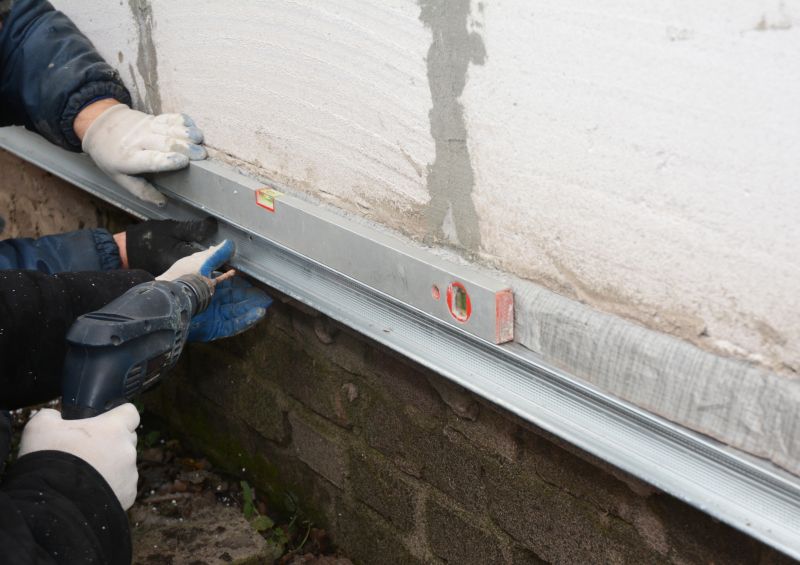
A 60-second routine that keeps Foundation Repairs looking new.

A frequent mistake in Foundation Repairs and how to dodge it.

Small tweaks to make Foundation Repairs safer and easier to use.

Lower-waste or water-saving choices for Foundation Repairs.
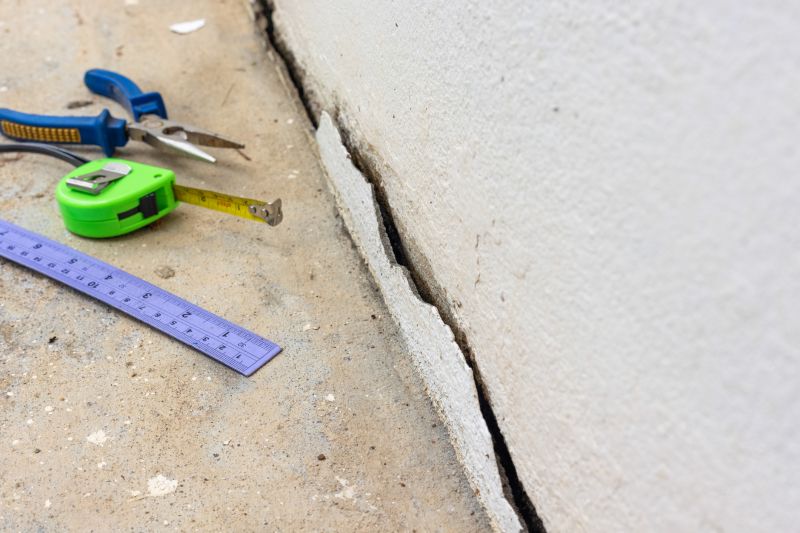
The short, realistic tool list for quality Foundation Repairs.

Rough timing from prep to clean-up for Foundation Repairs.
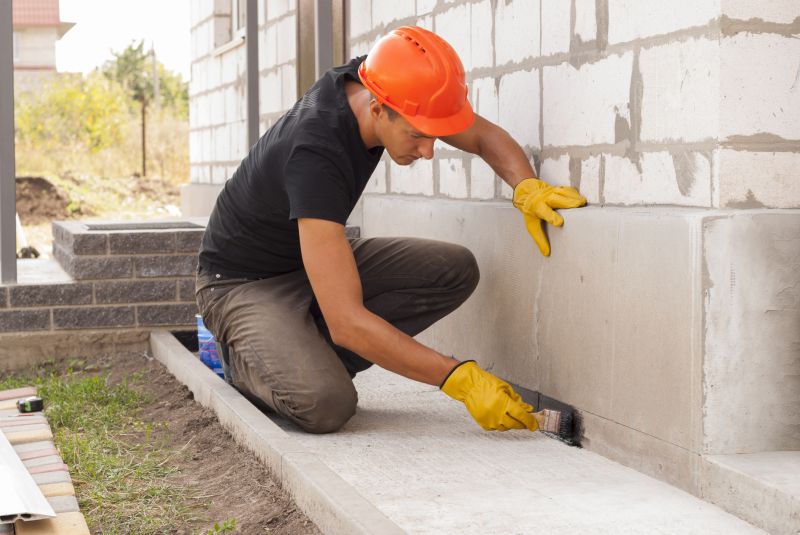
Quick checks and paperwork to keep after Foundation Repairs.

Examples that show the impact a good Foundation Repairs can make.
Interested in foundation repairs? Filling out the contact form can provide more information and help schedule a consultation to assess specific needs and optimal timing for repairs.

